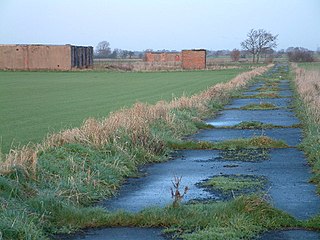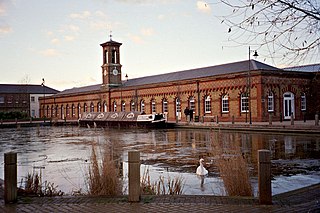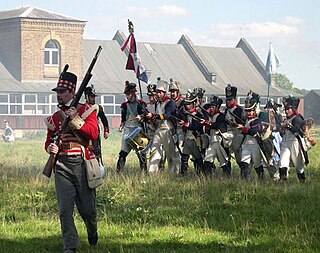 W
WThe Royal Arsenal, Woolwich carried out armaments manufacture, ammunition proofing, and explosives research for the British armed forces at a site on the south bank of the River Thames in Woolwich in south-east London, England, United Kingdom. It was originally known as the Woolwich Warren, having begun on land previously used as a domestic warren in the grounds of a Tudor house, Tower Place. Much of the initial history of the site is linked with that of the Office of Ordnance, which purchased the Warren in the late 17th century in order to expand an earlier base at Gun Wharf in Woolwich Dockyard. Over the next two centuries, as operations grew and innovations were pursued, the site expanded massively; at the time of the First World War the Arsenal covered 1,285 acres (520 ha) and employed close to 80,000 people. Thereafter its operations were scaled down; it finally closed as a factory in 1967 and the Ministry of Defence moved out in 1994. Today the area, so long a secret enclave, is open to the public and is being redeveloped for housing and community use.
 W
WRoyal Ordnance Factory (ROF) Bridgwater was a factory between the villages of Puriton and Woolavington in the Sedgemoor district of Somerset, UK that produced high explosives for munitions. It was slightly above sea level, between the 5 and 10 metre contour lines on Ordnance Survey maps. BAE Systems closed it when decommissioning was completed in July 2008.
 W
WROF Fazakerley was a Royal Ordnance Factory rifle manufacturing plant in Fazakerley, Liverpool, which manufactured small arms such as the Sten and Sterling submachine guns and Lee–Enfield rifle during and after World War II.
 W
WJ. Lyons & Co. was a British restaurant chain, food manufacturing, and hotel conglomerate founded in 1884. Several Lyons cake products are still available on grocers shelves, including, Lyons Treacle tart, Lyons Bakewell tart, Lyons Battenberg, and Lyons Trifle sponges.
 W
WThe National Shell Filling Factory, Chilwell, was a World War I United Kingdom Government-owned explosives Filling Factory. Its formal title was National Filling Factory No. 6. It was located near Chilwell, at that time a village, in Nottinghamshire on the main road from Nottingham to Ashby de la Zouch. During the Great War it filled some 19 million shells with high explosives.
 W
WROF Aycliffe, was a Royal Ordnance Factory built on an 867-acre (3.51 km2) site off Heighington Lane, Aycliffe, County Durham, England during the early 1940s.
 W
WROF Swynnerton was a Royal Ordnance Factory, more specifically a filling factory, located south of the village of Swynnerton in Staffordshire, United Kingdom. Built between 1939 and 1941, it remained operational until 1958.
 W
WThe Royal Naval Cordite Factory, Holton Heath (RNCF) was set up at Holton Heath, Dorset, England, in World War I to manufacture cordite for the Royal Navy. It was reactivated in World War II to manufacture gun propellants for the Admiralty and its output was supplemented by the Royal Navy Propellant Factory, Caerwent. After the end of World War II, the explosive manufacturing areas of the site were closed down and some areas of the site reopened as an Admiralty Research Establishment. A major part of the explosives site became a nature reserve in 1981. Other parts of the site were converted into an industrial estate; and some may be used for housing.
 W
WRuddington Ordnance & Supply Depot was a Royal Ordnance Factory filling and storage facility, commissioned in 1940 and built during World War II by the United Kingdom Ministry of Defence (MoD). It was located to the south of Ruddington, Nottinghamshire, and took 18 months to build. In operation it consisted of over 200 buildings employing 4,000 workers at peak. It was decommissioned in 1945, became a storage area for ex-military vehicles which were then auctioned-off onsite, and was closed in 1985. Today the site is located in the Rushcliffe Country Park.
 W
WSimonswood Supply Depot was one of the main ammunition depots in Lancashire during World War II. Located at Simonswood, it was used as an ammunition depot delivered by ROF Kirkby. The remains of the ammunition bunkers still exist today.
 W
WThe Royal Small Arms Factory (RSAF) was a UK government-owned rifle factory in the London Borough of Enfield in an area generally known as the Lea Valley. The factory produced British military rifles, muskets and swords from 1816. It closed in 1988, but some of its work was transferred to other sites.
 W
WThe Royal Gunpowder Mills are a former industrial site in Waltham Abbey, England. It was one of three Royal Gunpowder Mills in the United Kingdom. Waltham Abbey is the only site to have survived virtually intact.